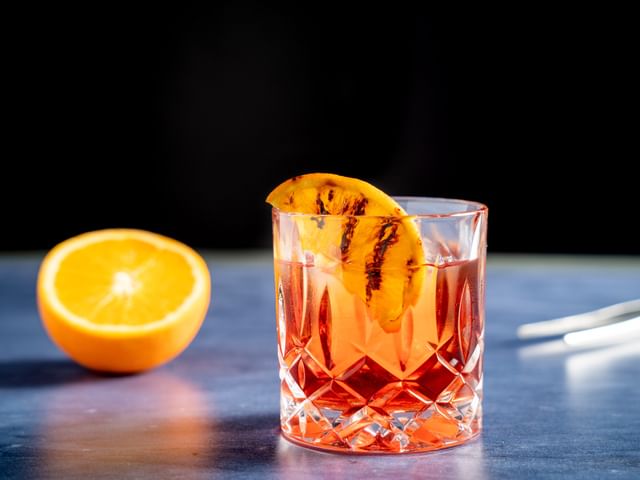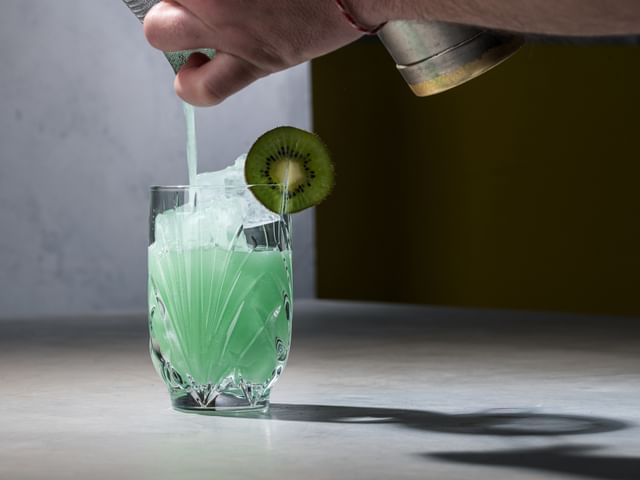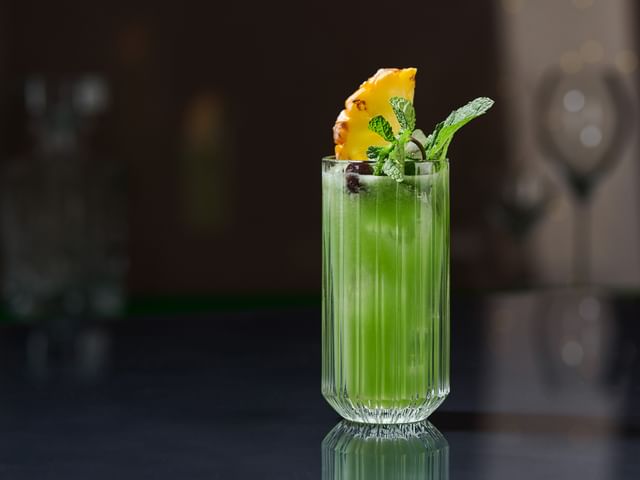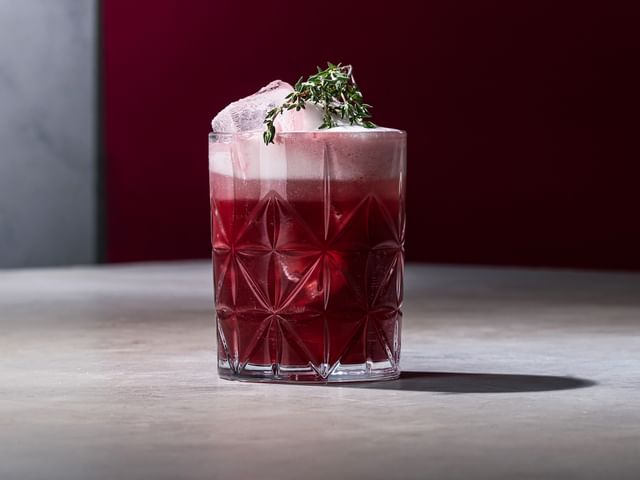The ever-changing landscape of mixology
Cocktail and spirit trends for 2025

Each year throws up new trends, and that applies to cocktails and spirits as much as anything else. New concepts emerge, old favorites come back around, and cultural shifts shape what's on offer. Here is a range of cocktails, spirits, and mixology approaches tipped to have a big 2025.

1. More innovative cocktail sweeteners
While many classic cocktail recipes use plain simple syrup, a trend we've seen lately involves some more outside-the-box thinking when it comes to cocktail sweeteners. This includes tutorials on how to make pastry-infused syrup for cocktails, creative syrup and vinegar combinations for inventive shrubs, and oleo saccharums - a type of syrup that combines sugar with the oils from citrus skin rather than with the fruit's juice.
2. A rise in light, voluminous cocktails and mocktails
With the growth of the aforementioned trend, plus a gradual and consistent decline in alcohol consumption in the UK, expect a relative increase in the offerings of lighter, less spirit-forward, higher-volume cocktails and mocktails. These cocktails and mocktails are citrussy, floral, and use plenty of bubbles, making for drinks that are less dominated by their base spirit and more full of flavor from various sources. Explore which light highball cocktails and mocktails earn your approval and enjoy them casually from your Nachtmann longdrink glass of choice.

3. Combining alcohol and non-alcoholic spirits
The rise of non-alcoholic spirits in recent years has seen mocktails transform from juice-filled imitations of cocktails to beverages that taste like the real deal. Now, as well as being used as a base for mocktails, non-alcoholic are being used in combination with alcoholic spirits as well. Inspired by an increased emphasis on drinking in moderation, this approach allows people to enjoy some of their favorite spirit-forward cocktails, such as a negroni, while limiting the amount of spirit they consume overall.
4. Cocktail foams
Creating a cocktail with a smooth foam on top is an excellent way of adding a rich, velvety texture to your drink. Unlike with foamy cocktails like gin sours or fizzes, these foams are made separately from the cocktail and are added on top of the cocktail after it has been poured.
Foams are made by incorporating a protein item like egg white, gelatine, or agar into a cocktail mix before chilling the mix, adding nitrous oxide, chilling again, and then using a whipping siphon to top cocktails with the foam. This approach is becoming increasingly popular in cocktail bars and represents a reasonably advanced mixology approach.

5. Fresh ingredients becoming even more prominent
Fresh ingredients are always crucial for quality cocktails, but with an increased emphasis on light, refreshing cocktails, fresh ingredients are taking on more than just a garnish role and are stepping onto center stage.
Whether you're muddling cucumber, blending fresh berries, or infusing grapefruit oils into your cocktails, using fresh ingredients is a must for perfect cocktail execution, so expect to see them ramp up in prominence.
6. More fat washing
Fat washing involves infusing new flavors into a spirit by mixing it with a fat source, such as olive oil, butter, or bacon fat. The mixture is then put in the freezer until the fat is frozen, but the spirit isn't, before finely straining it so that the spirit is separated from the fat while retaining its flavor. This theme continues the trend of stepping slightly away from generic classic cocktails in favor of adding twists to those drinks we know and love to make them more interesting. Some popular fat washing combinations include bourbon and butter, gin and olive oil, and rum and coconut oil.

7. More focus on locally sourced ingredients
With a view toward being more eco-friendly and sustainable, more independent and boutique cocktail bars are now looking to base their cocktail menu around locally sourced ingredients. That means more bars are ignoring globally prevalent cocktail trends in favor of ingredients and flavors that are relevant to their local region or culture, resulting in a greater prevalence of botanical and vegetative beverages in some areas. Keep an eye out the next time you're in your local cocktail bar to see if you spot any examples of this in action.
Locations